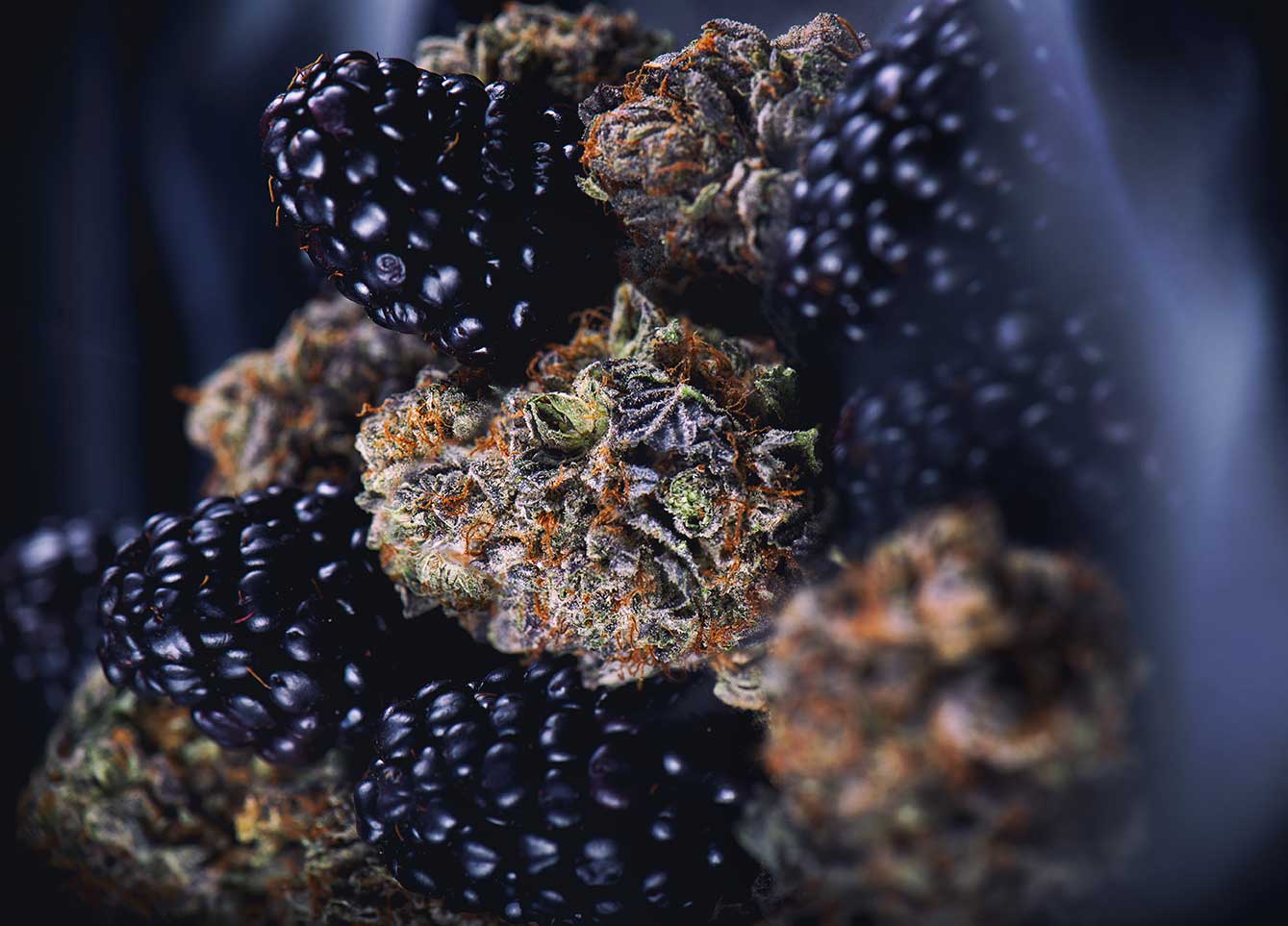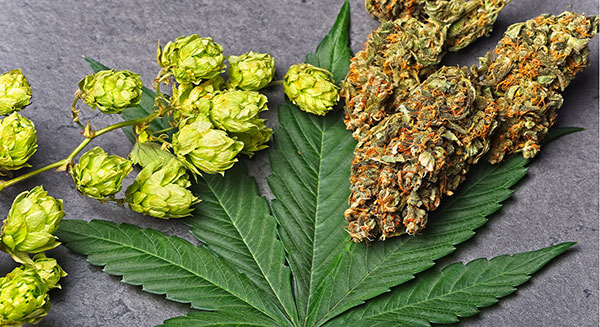I. Introduction to Cannabis Chemovar Profiling
Understanding Chemovar Profiling:
The cannabis industry is undergoing a pivotal transformation in understanding and categorizing cannabis strains. Traditionally, the classification has been based on the broad categories of Sativa and Indica, but this approach is increasingly being seen as overly simplistic and sometimes misleading. Instead, a more nuanced method known as chemovar profiling is gaining traction. This method focuses on the specific chemical compositions of cannabis strains, particularly the synergistic interplay of cannabinoids and terpenes.
Limitations of Sativa vs. Indica Classification:
The classic Sativa vs. Indica dichotomy is based on physical plant characteristics and presumed effects (Sativa for cerebral high and Indica for body relaxation). However, this binary classification doesn’t account for the complex biochemical makeup of different strains and their varied effects on individuals.
II. Understanding Cannabinoids and Terpenes
The Role of Cannabinoids:
Cannabinoids are the primary active compounds in cannabis, with THC and CBD being the most well-known. These compounds interact with the human endocannabinoid system, influencing a wide range of physiological processes and effects.
Terpenes: The Aromatic Compounds:
Terpenes are aromatic compounds that give cannabis its distinctive aromas and flavors. Beyond their sensory impact, terpenes have been shown to interact with cannabinoids to produce unique effects, a phenomenon known as the entourage effect.
III. Synergy and Interaction in Chemovar Profiles
The Entourage Effect:
The entourage effect posits that cannabinoids and terpenes work together in a synergistic manner to produce effects that are different from what each compound could achieve individually. This synergy can influence the overall therapeutic efficacy and experience of cannabis.
Chemovar Profiles: A Comprehensive Approach:
Chemovar profiling involves analyzing the specific ratios and combinations of cannabinoids and terpenes in a strain. This profiling provides a more accurate prediction of the effects and potential medical benefits of different cannabis varieties, catering to the unique needs and preferences of users.
IV. Case Studies and Research
Empirical Evidence:
Recent studies have started to explore the impact of different cannabinoid and terpene profiles on users. These studies underscore the complexity of cannabis effects and the limitations of the traditional Sativa/Indica classification.
Examples of Chemovar Profiling in Action:
Several cannabis strains have been re-evaluated under chemovar profiling, revealing a more complex picture of their effects and potential uses. For instance, strains traditionally labeled as Sativa might possess a chemovar profile more conducive to relaxation, contrary to the expected energizing effect.
V. Implications for Consumers and Industry
Educating Consumers:
There’s a growing need to educate consumers about the significance of chemovar profiles. This education can empower users to make more informed decisions about their cannabis consumption based on desired effects and medical needs.
Impact on Cultivators and Retailers:
For cultivators and retailers, the shift towards chemovar profiling demands a more detailed understanding of their product offerings. It also opens up opportunities for breeding and marketing strains based on specific chemovar profiles.
VI. Conclusion: A New Paradigm in Cannabis Classification
The move from Sativa vs. Indica to chemovar profiling marks a significant advancement in the understanding and utilization of cannabis. By focusing on the unique chemical compositions of strains, the cannabis industry can provide more tailored and effective products, catering to the diverse needs of its consumer base. This approach not only enhances the user experience but also paves the way for more sophisticated and scientifically grounded cannabis research and development.





